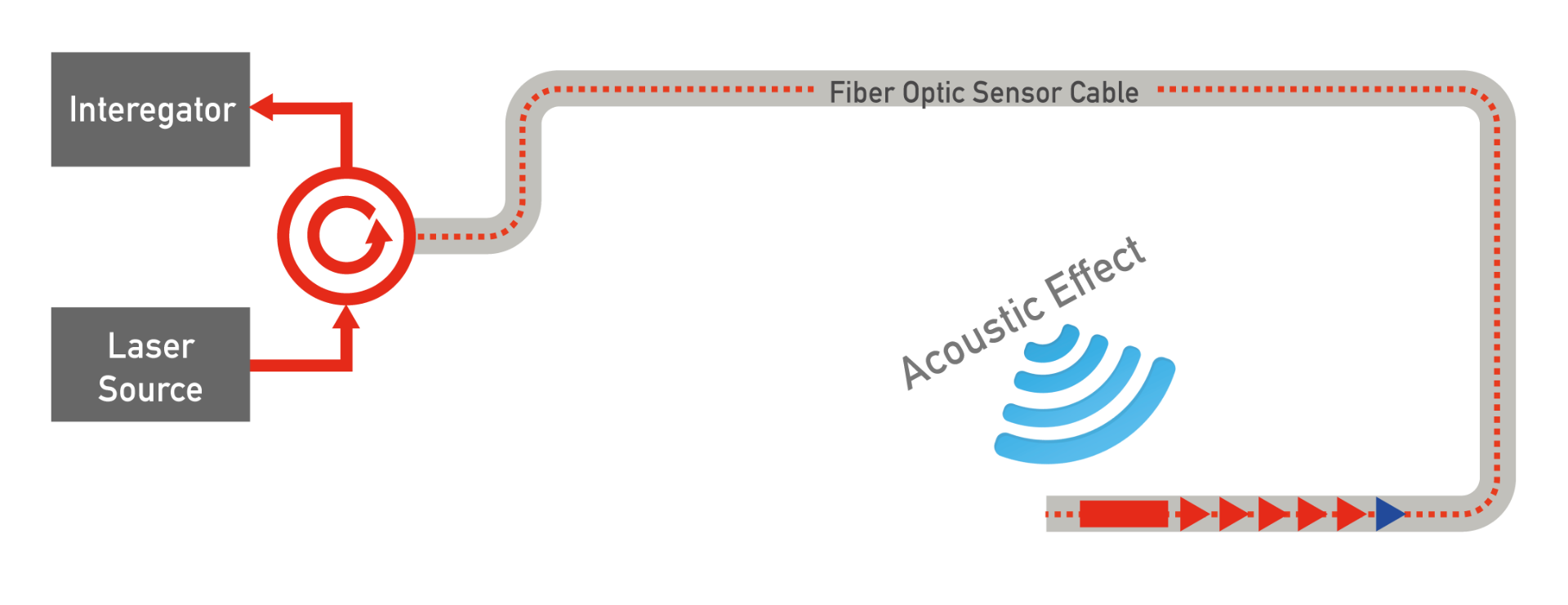Fiber Sensing
Fiber optic systems have gained importance for the transfer, measurement and monitoring of big data.
Fiber sensing system is a technology that utilizes optical fibers to detect and measure various physical and chemical parameters, such as temperature, strain, pressure, and chemical composition. It works by using optical fibers as sensors, which are capable of converting the measured parameter into an optical signal that can be transmitted over long distances without any loss of accuracy or sensitivity.
Fiber sensing systems are widely used in various industries, such as oil and gas, aerospace, automotive, and healthcare, among others. They offer a number of advantages over traditional sensing technologies, including high accuracy, reliability, durability, and cost-effectiveness. Additionally, fiber sensing systems can be easily integrated with existing infrastructure, making them a popular choice for monitoring and control applications.
Overall, fiber sensing system is an innovative and advanced technology that is transforming the way we measure and monitor various physical and chemical parameters in different industries.
How it works?
Fiber sensing systems work by using optical fibers as sensors to detect and measure various physical and chemical parameters. The basic principle behind fiber sensing is the interaction between the light and the surrounding medium. When an optical fiber is exposed to a parameter, such as temperature, strain, or pressure, the surrounding medium will cause a change in the optical properties of the fiber, which can be detected and measured.
The most common type of fiber sensing system is based on the principle of fiber Bragg grating (FBG). An FBG is a periodic modulation of the refractive index inside an optical fiber. When an FBG is exposed to an external parameter, such as strain or temperature, the periodicity of the grating changes, causing a shift in the wavelength of the reflected light. By monitoring this shift in wavelength, the system can accurately measure the parameter being sensed.
Another type of fiber sensing system is based on the principle of optical time-domain reflectometry (OTDR). An OTDR system sends a short pulse of light into an optical fiber and measures the time delay and intensity of the reflected signal. By analyzing the reflected signal, the system can detect and locate any changes or anomalies in the fiber, which can indicate the presence of a physical or chemical parameter.
Overall, fiber sensing systems rely on the principles of light propagation and interaction with the surrounding medium to detect and measure various physical and chemical parameters. The specific mechanism of sensing depends on the type of fiber sensing system used and the parameter being measured.
What we offer?
- Consultancy
- Design
- Product & Solution Supply
- Project Management
- Engineering


